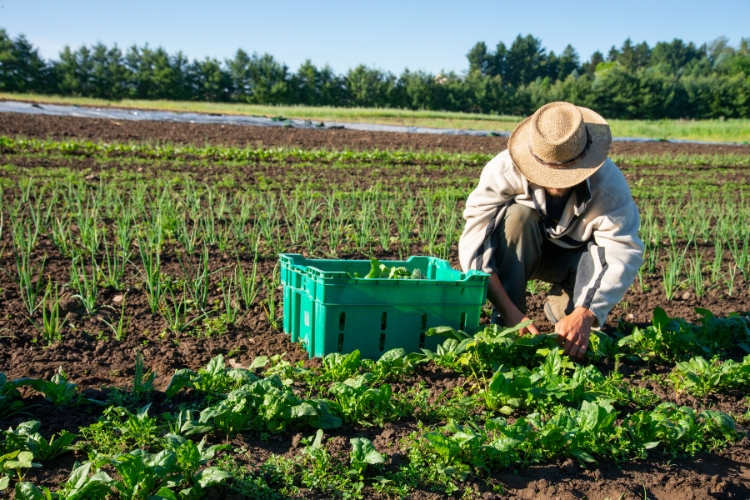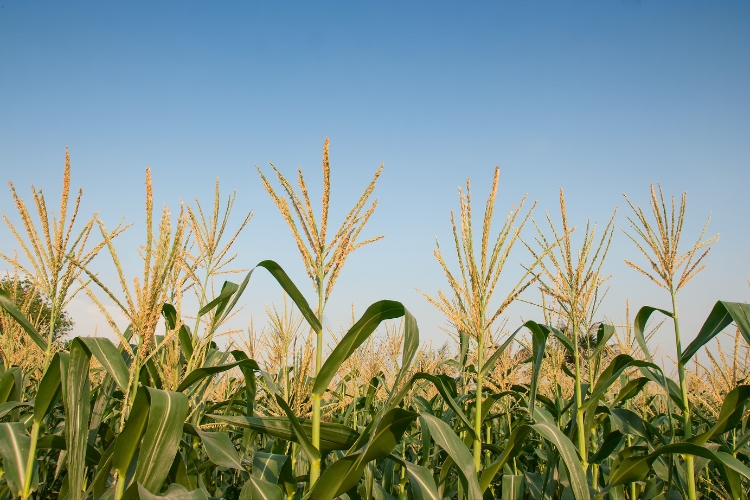Sustainable farming practices have gained increasing attention in recent years as a more eco-friendly and socially responsible approach to food production. However, like any agricultural method, sustainable farming is not without its potential drawbacks.
In this blog article, we will delve into the possible disadvantages of sustainable farming practices, exploring the various challenges and trade-offs that farmers and policymakers must consider.
Key Takeaways:
- Sustainable farming can result in reduced crop yields compared to conventional methods, potentially impacting productivity and profitability.
- The higher production costs associated with sustainable farming, such as increased labor and input expenses, can be challenging for farmers to manage.
- Scaling up sustainable farming practices to meet growing global food demands may be limited by the reliance on site-specific resources and diversified production.
- Regulatory barriers, including inconsistent policies and certification processes, can hinder the widespread adoption of sustainable farming.
- Overcoming ingrained habits and skepticism among farmers, as well as limited consumer awareness and demand, are significant hurdles in the transition to sustainable agriculture.

Understanding Sustainable Farming
Sustainable farming is a holistic approach to agriculture that aims to balance environmental, economic, and social considerations. This often includes practices such as organic farming, crop rotation, integrated pest management, and the use of renewable energy sources.
The primary goal of sustainable farming is to minimize the negative impact on the environment while still maintaining productive and profitable operations.
Potential Disadvantages of Sustainable Farming
While sustainable farming offers numerous benefits, several potential drawbacks must be addressed. Let’s explore these in detail:
1. Reduced Crop Yields
One of the most commonly cited disadvantages of sustainable farming is the potential for lower crop yields compared to conventional, high-input agricultural methods. This can be due to factors such as the avoidance of synthetic fertilizers and pesticides, which can lead to reduced nutrient availability and increased pest and disease pressure.
| Crop | Conventional Yield | Sustainable Yield | Difference |
|---|---|---|---|
| Corn | 10 tons/acre | 8 tons/acre | -20% |
| Wheat | 8 tons/acre | 6 tons/acre | -25% |
| Soybeans | 3 tons/acre | 2.5 tons/acre | -17% |
2. Higher Production Costs
Sustainable farming practices often require more labor-intensive techniques, such as manual weed control, increased crop monitoring, and the use of organic inputs. These can lead to higher production costs for farmers, which may be difficult to pass on to consumers without a corresponding increase in product prices.
- Increased labor requirements for tasks like hand-weeding and pest monitoring
- Higher costs for organic fertilizers, seeds, and other inputs
- Potential need for specialized equipment or infrastructure, such as renewable energy systems

3. Limited Scalability
Sustainable farming practices can be more challenging to scale up to meet the growing global demand for food. The reliance on natural, site-specific resources and the emphasis on small-scale, diversified production can make it difficult to achieve the economies of scale that are possible with conventional, large-scale farming.
- Difficulty in meeting the needs of a large, centralized food distribution system
- Potential challenges in sourcing sufficient organic inputs and maintaining product consistency
- Limitations in the availability of land and resources suitable for sustainable farming practices
4. Regulatory Barriers
Sustainable farming practices may face regulatory hurdles and inconsistencies across different jurisdictions. The certification process for organic or eco-friendly products can be complex and time-consuming, and policies supporting sustainable agriculture may vary widely between regions.
- Inconsistent or unclear regulations regarding organic certification and labeling
- Potential conflicts between local, regional, and national policies related to sustainable farming
- Challenges in navigating the bureaucratic processes required for certain sustainable farming incentives or subsidies
5. Resistance to Change
Transitioning to sustainable farming practices can be a significant challenge for some farmers, particularly those who have decades of experience with conventional methods. Overcoming ingrained habits, skepticism about the benefits of sustainable farming, and the perceived risks associated with change can slow the adoption of these practices.
- Reluctance to invest in new equipment, infrastructure, or training required for sustainable farming
- Skepticism about the long-term viability and profitability of sustainable farming
- Concerns about the perceived risks of transitioning away from well-established conventional methods
6. Limited Consumer Awareness and Demand
While consumer interest in sustainable and organic food products has grown in recent years, there is still a lack of widespread awareness and demand for these products, especially among certain demographic groups. This can make it challenging for sustainable farmers to find reliable markets for their products.
- Perception of sustainable products as more expensive or less accessible
- Limited understanding of the benefits and production methods of sustainable farming
- Lack of clear and consistent labeling or certification standards for sustainable products

Strategies for Overcoming the Disadvantages of Sustainable Farming
To address the potential drawbacks of sustainable farming, a multi-faceted approach is necessary. This may include:
- Investing in research and development to improve sustainable farming techniques and increase crop yields.
- We are exploring ways to reduce production costs, such as developing more efficient organic inputs or implementing shared equipment and infrastructure among sustainable farmers.
- Advocating for clear, consistent, and supportive policies and regulations that promote the adoption of sustainable farming practices.
- Engaging in public education and awareness campaigns to increase consumer understanding and demand for sustainably produced foods.
- Fostering collaboration and knowledge-sharing among sustainable farmers to encourage the widespread adoption of best practices.
Conclusion
Sustainable farming practices offer numerous benefits, but they also come with challenges and potential drawbacks. Farmers, policymakers, and consumers can work together to create a more resilient and environmentally friendly food system by understanding and addressing these issues.
While the path forward may not be without obstacles, the long-term advantages of sustainable farming make it a crucial component of a sustainable future.
Frequently Asked Questions
1. What are the main disadvantages of sustainable farming?
The primary disadvantages of sustainable farming include reduced crop yields, higher production costs, limited scalability, regulatory barriers, resistance to change among farmers, and limited consumer awareness and demand. These factors can make it challenging for sustainable farmers to maintain profitability and meet the growing global demand for food.
2. How do sustainable farming practices affect crop yields?
One of the key disadvantages of sustainable farming is the potential for lower crop yields compared to conventional, high-input agricultural methods. This can be due to factors such as the avoidance of synthetic fertilizers and pesticides, which can lead to reduced nutrient availability and increased pest and disease pressure. On average, sustainable farming practices can result in crop yields that are 17-25% lower than conventional methods.
3. What are the financial challenges of sustainable farming?
Sustainable farming practices often require more labor-intensive techniques, such as manual weed control and increased crop monitoring, leading to higher production costs for farmers. Additionally, the costs of organic inputs, specialized equipment, and infrastructure can further increase the financial burden. These higher costs can be difficult for farmers to pass on to consumers without a corresponding increase in product prices.
4. How can the scalability of sustainable farming be improved?
Scaling up sustainable farming practices to meet growing global food demands can be a significant challenge. The reliance on natural, site-specific resources and the emphasis on small-scale, diversified production can make it difficult to achieve the economies of scale that are possible with conventional, large-scale farming. Addressing this challenge may require investments in research and development, the development of more efficient organic inputs, and the facilitation of collaboration and knowledge-sharing among sustainable farmers.

